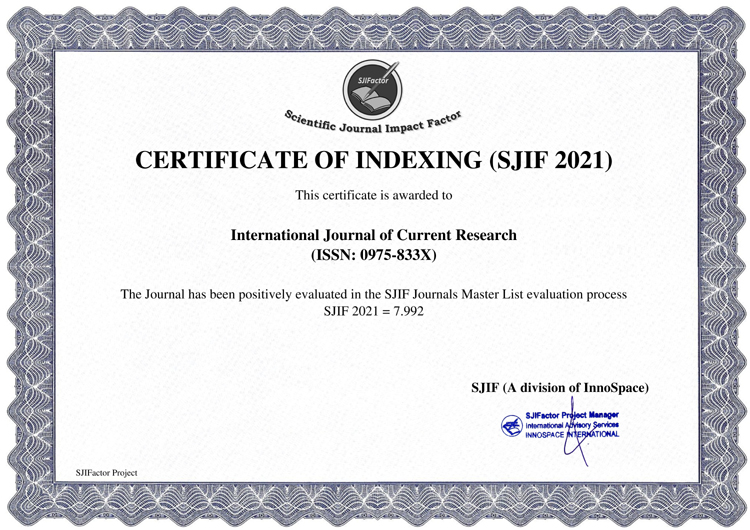Cumin belongs to the family Apiaceae (Carrot family), genus Cuminum and species Cuminum cyminum. The English name of cumin is derived from the old English Cymene, from Latin ‘Cuminum’ which is the Romanization of the Greek ‘Kuminon’, cognate with Hebrew kammon, Arabic Kammun. Forms of this word are attested in several ancient semitic languages, including Kamunu in Akkadian. The ultimate source is the Sumerian word Gamun. The earliest attested form of the word Kuminon is the Mycenaean Greek Ku-mi-on, written in Linear B syllabic script. The term comes via Middle English comyn, from Old English cymen (which is cognate with Old High German kumin) and Old French cummin, both from the Latin term cuminum. This in turn comes from the Ancient Greek κύμινον (kúminon), a Semitic borrowing related to Hebrew כמון (kammōn) and Arabic (kammūn). All of these ultimately derive from Akkadian (kamūnu). Common names for Cumin in • Assamese: Jira • Bengali: Jira • Gujarati: Jirum • Hindi: Jeera • Kannada: Jeera, Jeerige • Manipuri: Jira • Marathi: Jire • Tamil: Jeerakam • Urdu: Zeera. Cumin (Cuminum cyminum), commonly known as 'Jeera' or 'Zeera' is an important spice used in Indian kitchens for flavouring various food preparations. It is the second most popular spice in the world after black pepper. It is very pungent and aromatic, and is used whole and/or ground. Though Cumin is a native of Egypt, it is mostly produced in India. India is the largest producer of cumin in the world. Cumin's aromatic, nutty-flavoured seeds come in three colours: amber (the most widely available), white and black (both found in Asian markets). White cumin seed is interchangeable with amber, but the black seed has a more complex, peppery flavour. Cumin is one of the main ingredients in curry powders, and the combination of cumin and coriander leaves gives a characteristic smell to most Indian food. India produces 70% of the world supply and consumes 90% of that (which means that India consumes 63% of the world's cumin). Other producers are Syria (7%), Iran (6%), and Turkey (6%). The remaining 11% comes from other countries. In total, around 300,000 tons of cumin per year is produced worldwide. USA, European Union, Middle East, South East Asia are the major export markets for Indian Cumin Seed. The cumin prices are also sensitive to the international demand and supply. Thus the production in the other countries like Turkey and Syria affects the export prices and volume of Zeera. In India, cumin seed is almost exclusively cultivated in Rajasthan and Gujarat. It grows abundantly in the mild, equable climate of Gujarat and Rajasthan where rich, well drained, sandy, loamy soil and the sunny conducive environment are available. Thus Gujarat and Rajasthan are the two main production centres in India. They contribute more than 90% of total cumin production in the country. Rajasthan is the largest producer of cumin seeds contributing about 50-55% of the total production of India. Cumin is a spice made from the dried seed of a plant known as Cuminum cyminum, which is a member of the parsley family. It's an ancient spice grown in Egypt and the Middle East. In fact, it has been found in 4,000-year-old excavations in Syria and ancient Egypt used as both a cooking spice and for mummification purposes. Cumin also appears in both the Old Testament and the New Testament. Since ancient times, cumin has been used in India and by the Greeks and Romans, making its way into various cuisines all around the world. Both whole and ground cumin are used in cooking. Whole seeds are often featured in Indian dishes, often added to hot oil at the beginning of cooking to infuse the oil and add flavor to the rest of the ingredients. Lightly roasted whole seeds over a pan will bring out the full cumin flavor. Whole seeds can be kept in the freezer over a long period to maintain their flavour. Ground cumin does not need heat or time for the flavor to be released. However, once the seeds are ground, the cumin will gradually lose its flavor over time and should be replaced regularly. Ground cumin should be stored in a cool, dark place and will last up to 6 months. In this review article on Origin, Taxonomy, Botanical Description, Genetics and Cytogenetics, Genetic Diversity, Breeding and Cultivation of Cumin are discussed.





